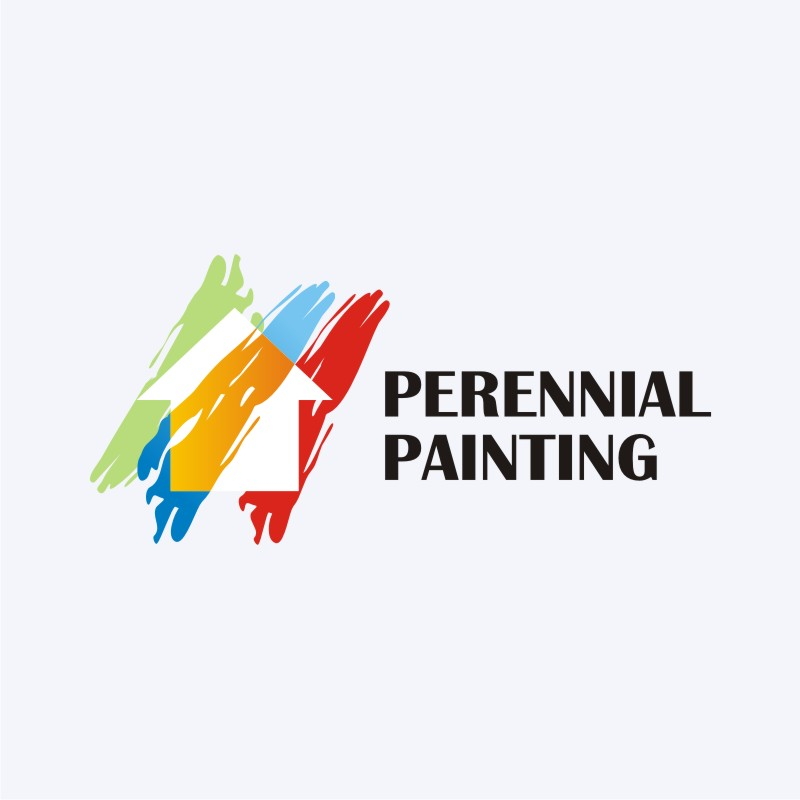The Influence Of Climate On Your Industrial Exterior Paint Task Is Profound-- Explore Just How It Can Either Boost Or Weaken Your Outcomes
The Influence Of Climate On Your Industrial Exterior Paint Task Is Profound-- Explore Just How It Can Either Boost Or Weaken Your Outcomes
Blog Article
Created By-Weiss Dohn
When you're planning a commercial exterior painting job, don't take too lightly the impact of climate on your outcomes. You need to think about aspects like temperature, moisture, and precipitation, as they can make or break your paint task. For instance, did you understand that excellent conditions ask for specific temperature level ranges and humidity levels? Falling short to check these elements can cause unequal finishes or even damages to fresh paint. Comprehending these aspects is crucial to attaining a lasting, professional end result. So, what specific weather conditions should you be wary of?
Temperature level Considerations
When it comes to industrial external paint, temperature plays a crucial duty in the result of your project. If you're repainting in extreme warmth, the paint can dry out as well quickly, bring about concerns like bad adhesion and irregular finishes. You wish to go for temperature levels in between 50 ° F and 85 ° F for the best results. Below 50 ° F, paint may not heal appropriately, while above 85 ° F, you run the risk of blistering and fracturing.
Timing your task with the appropriate temperatures is essential. Beginning your job early in the early morning or later on in the afternoon when it's cooler, especially throughout hot months.
Additionally, take into consideration the surface area temperature level; it can be significantly more than the air temperature level, specifically on bright days. Use a surface area thermostat to check this prior to you begin.
If temperatures are unpredictable, keep an eye on the weather forecast. best exterior paint colors for commercial buildings declines or warm front can derail your plans. You don't want to begin repainting just to have the problems transform mid-project.
Moisture Degrees
Moisture degrees considerably impact the success of your industrial outside painting project. When the humidity is too expensive, it can hinder paint drying out and treating, bring about a series of problems like inadequate adhesion and finish top quality.
If you're planning a task during damp conditions, you might find that the paint takes longer to dry, which can expand your job timeline and increase costs.
Conversely, low humidity can additionally present challenges. Paint may dry also swiftly, stopping appropriate application and causing an uneven surface.
You'll intend to keep an eye on the humidity degrees very closely to ensure you're functioning within the perfect variety, typically in between 40% and 70%.
To obtain the very best results, consider using a hygrometer to determine moisture prior to beginning your job.
If you find the degrees are outside the ideal array, you may require to change your timetable or choose paints designed for variable conditions.
Constantly consult the supplier's standards for certain recommendations on moisture tolerance.
Precipitation Effect
Rainfall or snow can substantially interrupt your industrial outside paint strategies. When precipitation occurs, it can get rid of fresh used paint or create an uneven finish. Preferably, you wish to select days with dry climate to make certain the paint sticks appropriately and cures successfully. If you're captured in a shower, it's ideal to halt the project and wait on problems to improve.
Moreover, snow can be a lot more damaging. Not just does it produce a wet surface area, however it can likewise reduce temperatures, making it difficult for paint to completely dry. This can bring about issues like peeling off or blistering down the line.
It's vital to inspect the weather forecast prior to beginning your task. If rainfall or snow is forecasted, consider rescheduling.
Constantly remember to permit sufficient drying out time between layers, particularly if the climate stays unforeseeable.
Final thought
In conclusion, keeping an eye on the climate is important for an effective commercial external paint task. By monitoring temperature, humidity, and precipitation, you can make sure the very best problems for application and curing. Keep in painting business near me to intend your job around desirable weather condition and constantly follow maker guidelines. With the ideal approach, you'll attain a lasting, stunning surface that can stand up to the components. Do not allow the climate capture you off-guard-- stay informed and repaint clever!
